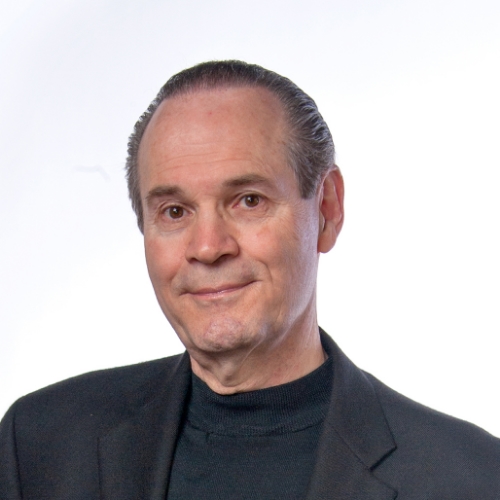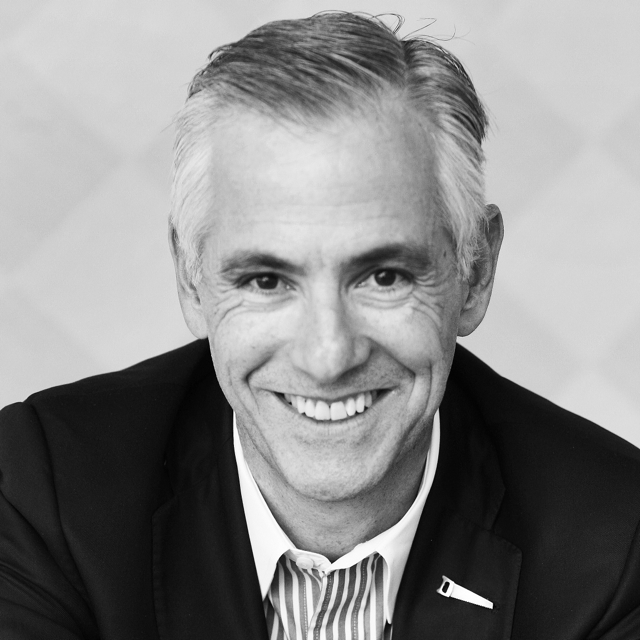No products in the cart.

–By Matt Preschern, CMO – HCL Technologies
Think of a national bank. Can you name its main competitors? If you simply listed rival banks, think harder. It has to fend off threats from Paypal, Square, SoFi and several lean start-ups that could jeopardize its business model with a cool, user-friendly app. And that’s not all. Threat looms from Apple, Amazon and Google, who are changing customer expectations dramatically with their digital and mobile payment services. Similar seismic shifts are playing out in virtually every business, from car manufacturers to airlines to healthcare companies. New digital rivals, epitomized by Uber and Airbnb, are derailing revenue and cost structures across industries. Not every industry is equally impacted by this disruption, but everyone is seriously concerned. Talk to any business leader across the world, and you will see these disruptive digital lean start-ups are a hot button issue. And they sparked some of the most invigorating discussions, while I was at the C-Suite Network Conference in Boston earlier this week.
Millennials in the driving seat
Let’s step back a little and try to understand the forces shaping this massive wave of disruption. Millennials, the first generation of digital and social natives, are at the forefront of the action. Probably influenced by their always-on, multi-tasking, multi-device lifestyles, the digital-savvy cohort wants instant and personalized experiences. And they don’t shy away from sharing their brand preferences via digital and social channels. This generation is expected to spend $200 billion annually by next year and a whopping $10 trillion in their lifetime. That could motivate several companies to completely change how they interact, engage and address queries from customers.
Disrupt or get disrupted
This is a huge shift. How should you respond, if you are facing this volatility? Here is the mantra: Disrupt yourself and transform into a 21st Century Enterprise (21 CE) or get disrupted. Embracing digital, mobile, cloud and analytics is part of the picture, but there is more. To remodel into a 21 CE, your company needs to transition to a customer-centric and outcome-based model and adopt an agile and lean structure to continually adapt to a dynamic market. These multi-pronged transformations are not easy for large well-established companies with thousands of employees and assets worth billions of dollars. They need to completely overhaul their customer experience, operational processes and business models. Take outcome-based model, for instance. Companies that sell products will instead offer subscription-based services around their products. Their revenue won’t depend on the number of units shipped but on delivering solutions that directly produce quantifiable results. In the new business landscape, the transaction doesn’t end at the checkout or after a social media review of their experience.
Uber-proof your company
In an era where the relationship with your customers, employees and ecosystem is continually evolving, it’s important to lay focus on ‘how’ to make yourself uber-proof. Let’s take some time to look at few important changes one needs to embrace in adopting the 21 CE company culture and model:
1. Balance new power structures: Digitalization and other tech initiatives need a lean and agile structure that could break down silos and short-circuit lengthy corporate processes. This could rejig several departments and power structures.
2. Focus on experience: It’s not enough to give customers the product they want and when they want. Brands need a strong emotional connect that sets them apart in customer’s minds and hearts.
3. Be consistent across touch points: A 21 CE organization needs to go beyond digital and provide their customers the same, consistent experience across channels, from web to social media to physical stores.
4. Personalize Interactions: It’s crucial to deliver the right message to the right person at the right time. This requires advanced digital marketing tools and predictive analytics models that collect information, extract meaningful insights and then convert them into real-time and tangible business actions and outcomes in line with shifting market trends.
5. Reorient and Reskill: To survive and thrive in this environment, everyone in the team must ‘up their game”. This new age environment demands us to reskill for all key characteristics of 21 Century Enterprise across aspects of economics, human experience, design, unified ecosystem and the 21st century buyer journey.
So, it’s a tough re-alignment. But make no mistake. It’s not optional. Since 2000, 52% of the Fortune 500 companies have merged, been acquired, gone bankrupt, or fallen off the list as competition intensified and business models got disrupted, according to Constellation Research. So, don’t be afraid to break things in order to make them better. There’s no other way to keep pace with today’s fast-changing world.








